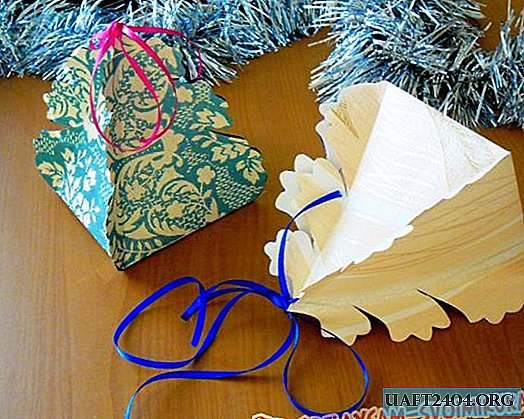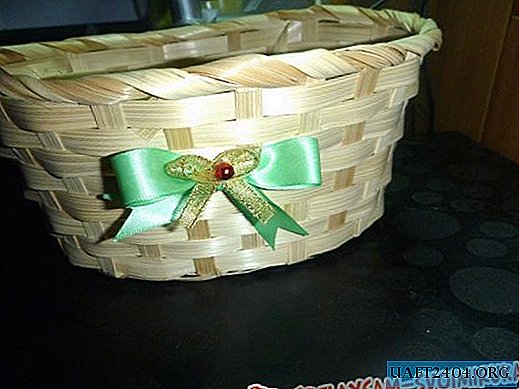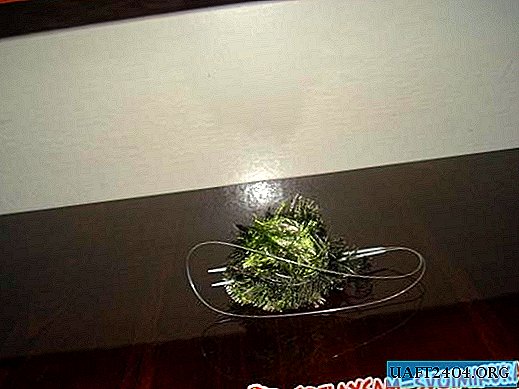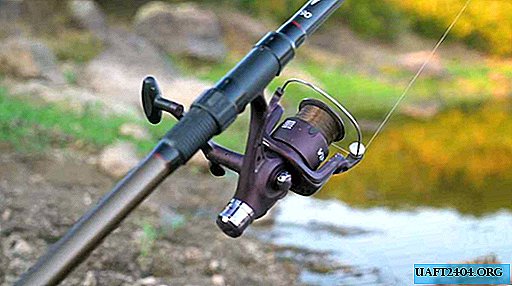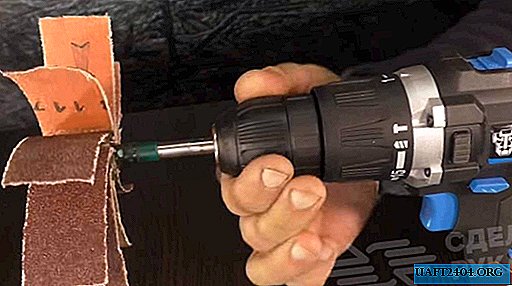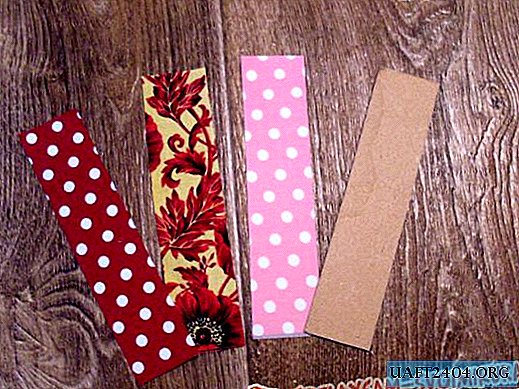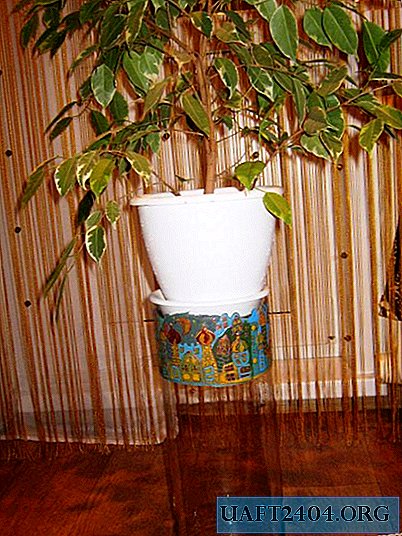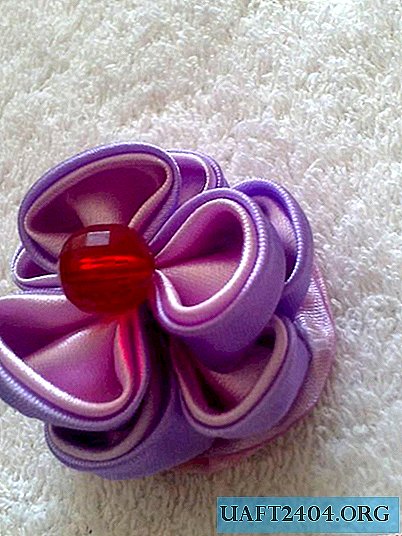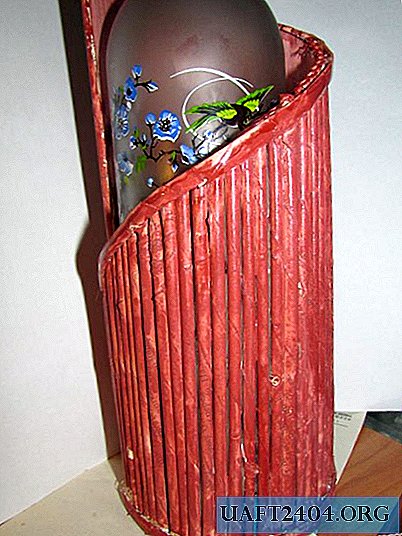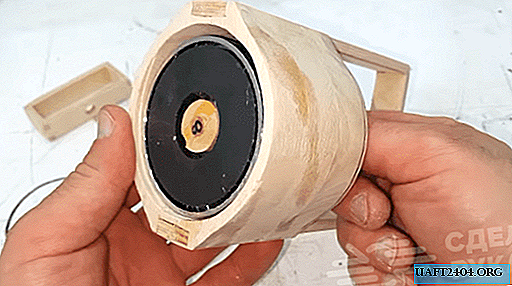
Using a regular magnet from the speaker, it is easy to find small metal parts that are lost on a fleecy surface. And it’s also very convenient to use the magnet to collect bolts, nuts, screws, washers and other things. At the same time, they are easily magnetized, but then it is not quite easy to separate them. We will solve this problem.

We make a device with a magnet from plywood and wood. First, glue the paper with the drawings to plywood or wooden boards, make all the drawings on pieces of paper. You need to select the sizes for the magnet you have and your hand, so that it is convenient to use.
We make holes in the workpieces using a drilling machine, we cut the parts with a jigsaw or on a jigsaw machine. We clean the finished workpiece from the remnants of the adhesive film. Then we begin to assemble the structure. In the beginning we will check whether the details fit together well.

After that, we apply the adhesive composition to the workpieces and gradually assemble the structure. We glue the round parts and the vertical ones holding them. Press the clamp and clamps.
The main stages of work
Attach the upper crossbar and tighten it. Then we form a rectangular part, we strengthen it. We take the pin along which the magnet will move and the ring for insertion into the magnet, glue them to each other, and then to the magnet.

We sand the wooden surfaces of the parts. Now you need to glue the top cover of the product. We insert the magnet into the structure and check the course, the wooden pin should move freely through the hole. Glue the rectangle made earlier to the top edge of the pin. In conclusion, add the bottom - the bottom thin plywood.

We pull the inner “handle” with stationery gum, press the lids with clamps to strengthen the fasteners. It remains to treat our product with impregnation to give it an aesthetic appearance.
The magnet attachment is ready! To magnetize something, lower the inner handle with the magnet to separate the magnetized parts - raise it up. See the video on the site for more details.

